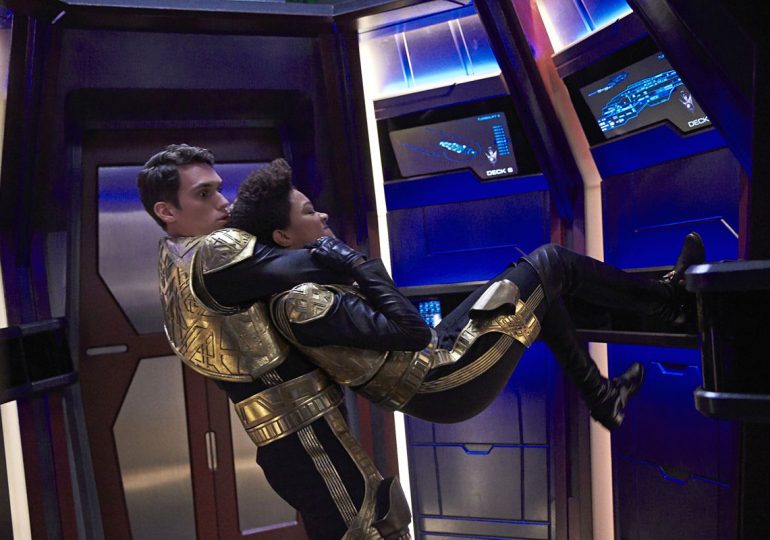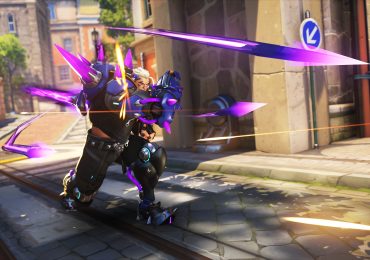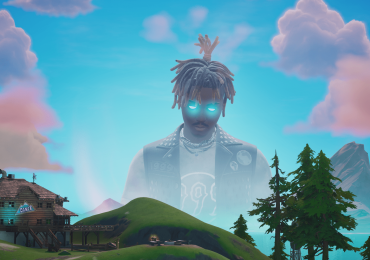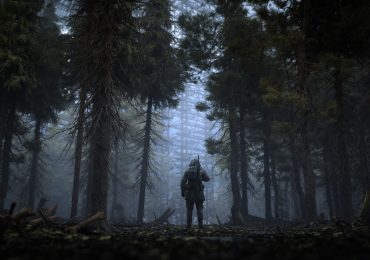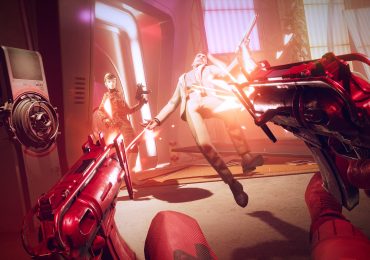If you were to jump directly from the first episode of Star Trek: Discovery to its finale — which just debuted on Paramount Plus — the whiplash would throw you clear out of your seat like your ship had suffered an inertial damper malfunction. Since its first two chapters premiered on CBS All Access in 2017, the series has moved to a different ship and a different century, and has acquired an almost entirely different set of characters. Moreover, Discovery has received a radical tonal refit, evolving in fits and starts from a dark and violent war story to a much sunnier action-adventure serial.
Though it never won the mainstream attention or critical acclaim of its spinoff, Strange New Worlds, nor the gushing fan adulation of Picard’s Next Gen reunion, Discovery spearheaded Star Trek’s return to television, the franchise’s maiden voyage into the frontier of premium streaming content. Like any bold pathfinder, Discovery encountered obstacles, suffered losses, and made some major course corrections. But, if you ask the cast and crew, the adventure has been more than worth the tumultuous journey.
Tacking into the wind
“We were on wobbly legs for a long time,” admits star Sonequa Martin-Green, whose character, Michael Burnham, has had the rug pulled out from under her a number of times over the course of the series. In the first season and backstory alone, Burnham lost her parents, saw her mentor murdered, was tried for mutiny, discovered that her first love is a Klingon sleeper agent, and was betrayed by not one but two Mirror Universe doppelgängers of trusted Starfleet captains.
Move over, Deep Space Nine — this was instantly the grimmest canonical depiction of the Star Trek universe on screen. Season 1 of Discovery was rated TV-MA and featured more blood and gore than the franchise had ever seen, not to mention an instance of graphic Klingon nudity. (Actor Mary Wiseman recalls seeing her co-star Mary Chieffo walking the set wearing prosthetic alien breasts and thinking, What the hell?) The corpse of Michelle Yeoh’s character is cannibalized by Klingons off screen, and her successor, portrayed by Jason Isaacs, turns out to be a manipulative psycho from the Mirror Universe who tries to mold Burnham into his plaything.
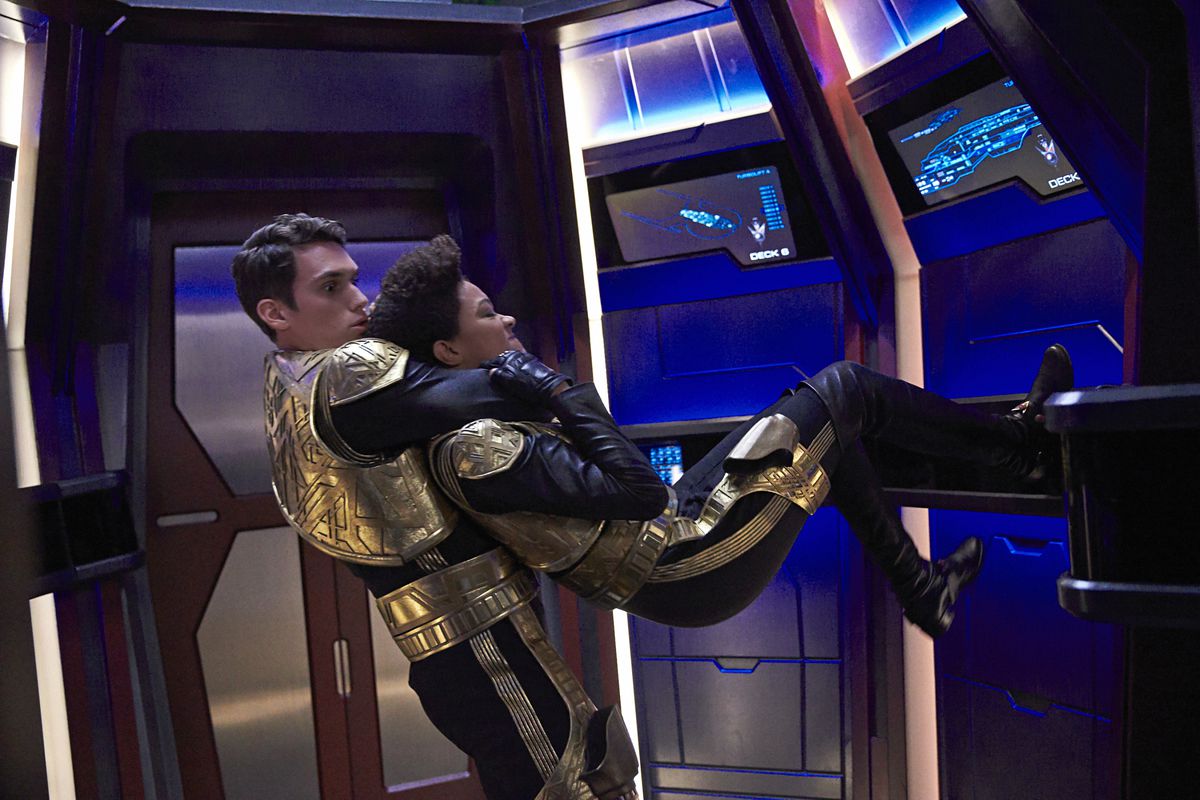
The bleak, adult-oriented tone was not the only sticking point with Star Trek purists, as Discovery would take place a decade before the original 1960s Star Trek but have a design aesthetic much closer to that of the 2009 movie reboot, leading to some irreconcilable clashes with continuity. The show’s serialized, season-long arcs were a far cry from the familiar “planet of the week” stories of most previous incarnations of the franchise. Then there was Burnham’s backstory as the never-before-mentioned human foster sister to Trek’s iconic Vulcan Spock, a creative decision that has “clueless studio note” written all over it. Even ahead of its debut, Discovery faced vocal opposition from the fan base for straying so far from their notion of what Star Trek was supposed to be. (Not to mention the revolting but quite vocal faction of fans who were incensed that Star Trek had “gone woke,” as if it hadn’t been that way the whole time.) Many of Discovery’s detractors flocked toward The Orville, a Fox series starring and created by Seth MacFarlane that was essentially ’90s-style Star Trek with the occasional dick joke thrown in. The Orville offered fans alienated by Discovery’s vastly different approach to Star Trek a more familiar (but far less ambitious) alternative.
The grim Klingon War story was the brainchild of co-creator Bryan Fuller, who had been a member of the Star Trek: Deep Space Nine and Voyager writers rooms before creating cult series like Pushing Daisies and Hannibal. Fuller would end up departing Team Discovery before production even began, asked to resign after a string of creative differences with the studio. New showrunners Aaron Harberts and Gretchen J. Berg carried out a version of Fuller’s plans without him, and then oversaw the show’s first major pivot. Discovery’s second season was immediately brighter, more colorful, and cozier with established Star Trek lore. (This is the arc that would introduce the versions of Pike, Spock, and Number One who now lead Strange New Worlds.) But things weren’t so sunny behind the scenes — Harberts and Berg were fired midway through the season after writers accused the duo of creating an abusive work environment.
As different as Discovery would eventually stray from the HBO-style drama of its first season, co-creator Alex Kurtzman feels that the mission of the series has never changed.
“One of the things that we set up in season 1 is that we knew that Burnham would start as a mutineer and end up a captain,” says Kurtzman. “What was exciting about that is that we knew it would take time.”
Captain on deck
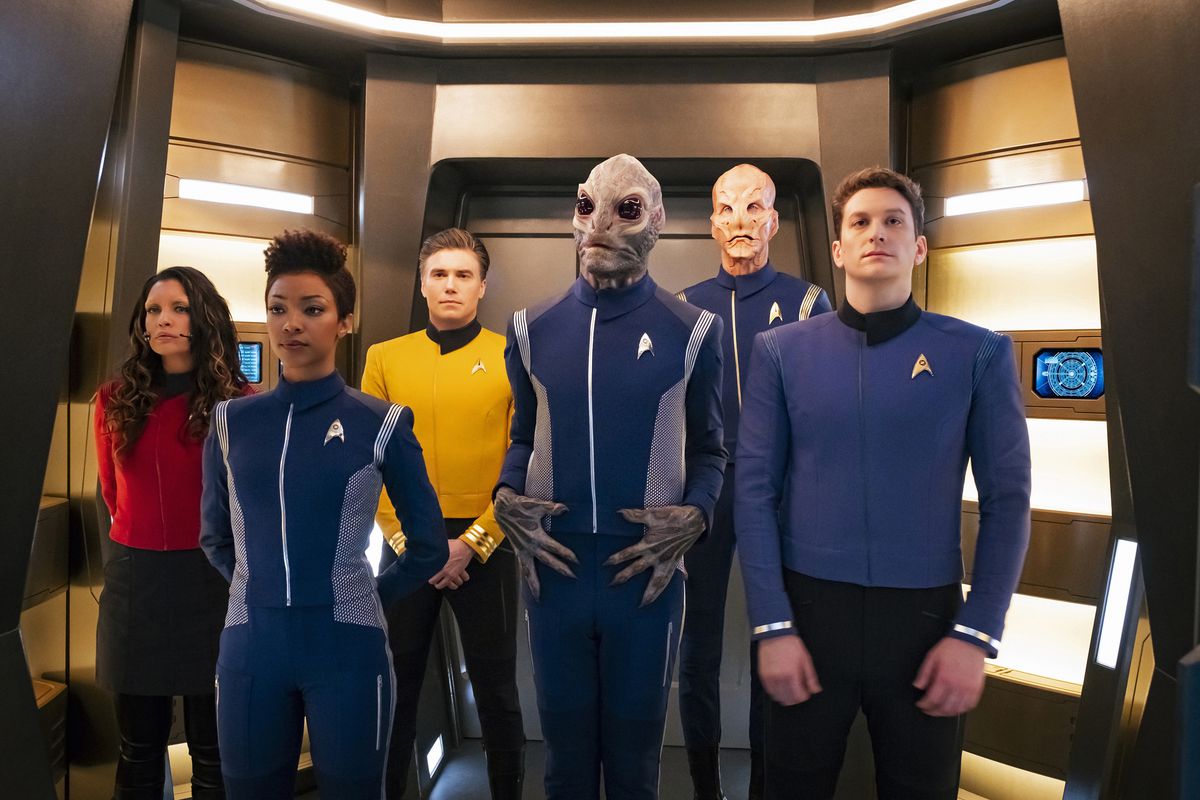
It was after Harberts and Berg’s departure that Kurtzman, who had remained involved but been primarily occupied with the development of the growing television Star Trek franchise as a whole, took the helm of Discovery himself. Before long, he would promote writer and co-executive producer Michelle Paradise to the role of co-showrunner, which she would retain for the remainder of the series. Just as the late, great Michael Piller did during the third season of The Next Generation, Paradise brought a sense of stability and confidence to Discovery, which reverberated onto set.
“I commend Michelle Paradise and the rest of the writers because this show evolved,” says Martin-Green. “Our initial showrunners, Aaron Harberts and Gretchen Berg, they made their impact and that’ll never be erased, but landing where we did with Michelle co-showrunning with Alex Kurtzman, jumping farther than any Trek had gone before, I feel that’s when our feet were solid on the ground and when we really established our identity.”
Season 2 fell into a steady rhythm that felt more in tune with Kurtzman’s “movie every week” philosophy, never far in tone from the reboot film trilogy on which Kurtzman served as a writer and producer. The steady presence of Michelle Yeoh’s deliciously amoral Emperor Georgiou was a major boon, essentially becoming Star Trek’s answer to Buffy’s Spike or Dragon Ball Z’s Vegeta. However, Discovery was also undeniably borrowing clout from legacy characters Pike and Spock, and the constant friction with established canon wasn’t sitting well with Kurtzman or the audience.
The season ended with a surprising twist that resolved the continuity problems but also changed the entire nature of the show. The titular starship and its crew would be propelled 930 years into the future, past the furthest fixed point in Star Trek’s continuity. No longer forced to tiptoe around the sacred canon, Discovery was free to sprint in a bold new direction. Once again and in a more tangible way, it was a whole new show.
“If the folks who came in had sort of taken us off the rails that would have been a very different experience,” says Anthony Rapp, who portrays the prickly Commander Paul Stamets. “But Michelle Paradise came through as such a shining light and a beautiful presence in our lives. She took the show into this territory of being able to have the heart in its center in a way that felt very grounded and meaningful, and really helped us to make that transition.”
An open sky
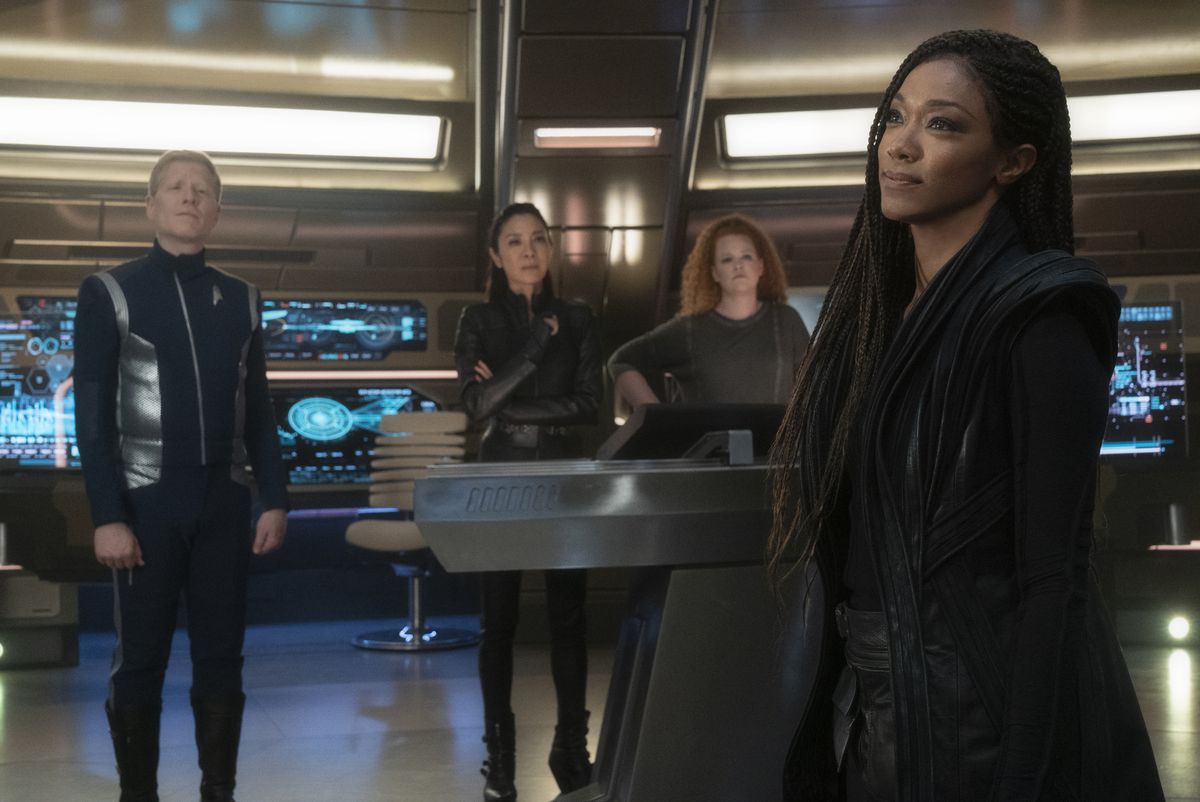
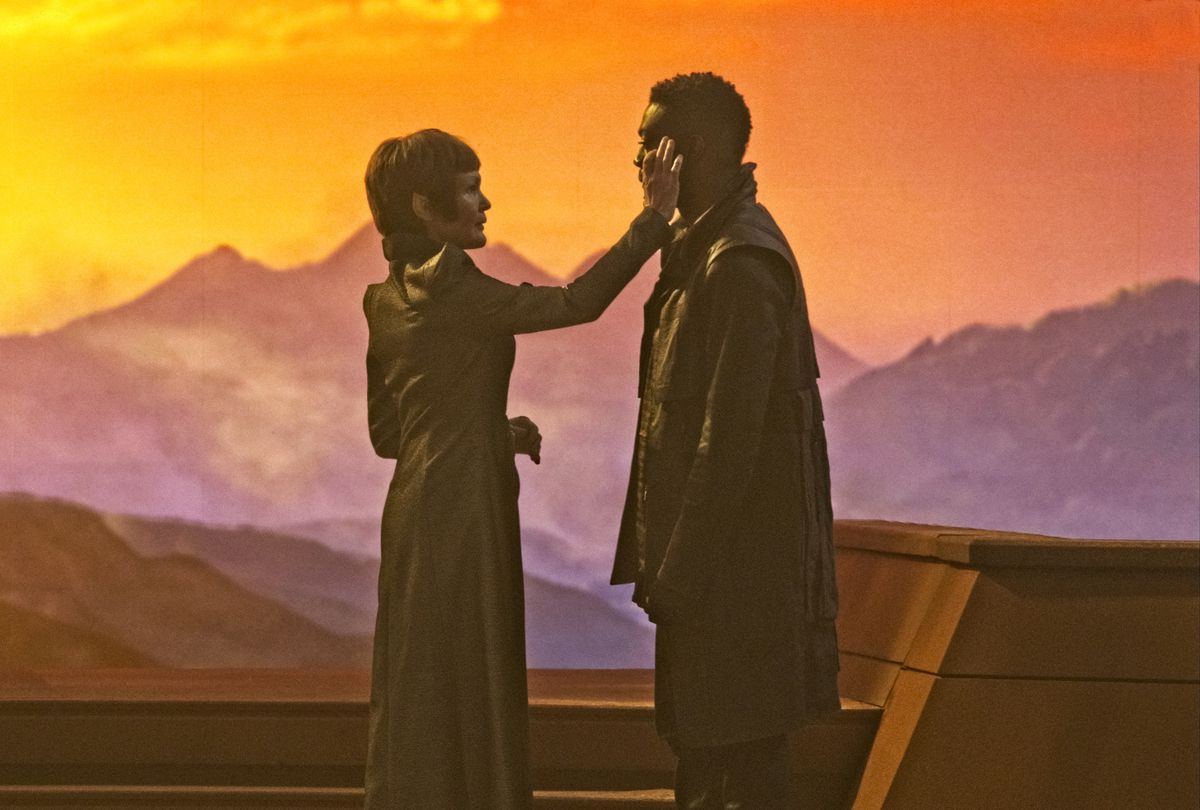
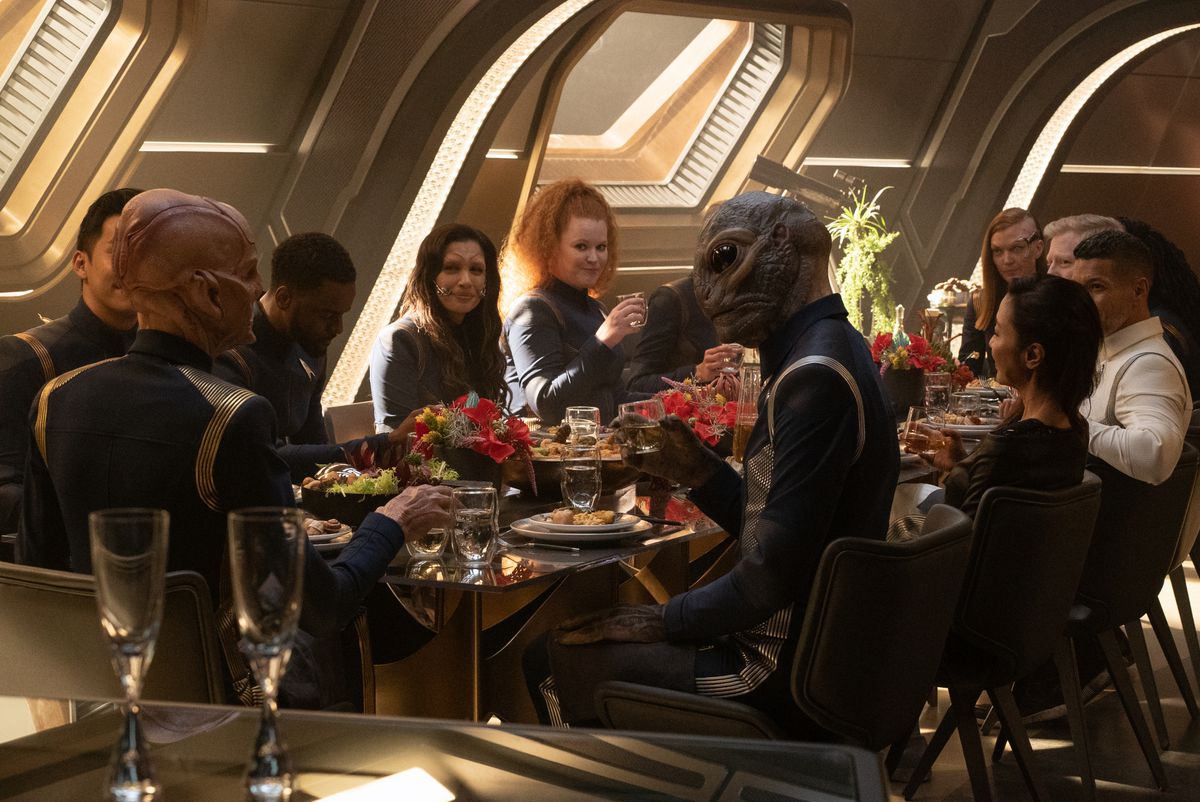
Season 3 of Discovery offered Kurtzman, Paradise, producing director Olatunde Osunsanmi, and the rest of the creative team a rare opportunity to completely rewrite Star Trek’s galactic map. Not since the launch of The Next Generation in 1987 had a writers room been able to venture onto such “fresh snow,” as Paradise puts it. In the 32nd century, beyond the furthest point explored in the established Trek canon, the righteous United Federation of Planets has all but collapsed in the aftermath of “the Burn,” a mysterious space calamity. Some longtime friends are now adversaries, and even Earth has become an isolationist state. The USS Discovery, displaced in time, becomes the means by which to reconnect the shattered galaxy. It’s not hard to read this as a mission statement for Star Trek as a whole — a relic from another time, back to offer hope to a bleak present.
Season 3’s 13-episode arc restored a bit of Star Trek’s space Western roots, with warp drive a rare and costly luxury in the ravaged 32nd century and half the galaxy dominated by a vast criminal empire known as the Emerald Chain. Michael Burnham spent much of the season out of uniform, having found a new purpose as a more roguish freelance courier alongside the sweet and savvy Cleveland Booker (David Ajala). This is arguably the most interesting version of the show, as Michael questions whether or not Starfleet — the institution whose trust she has worked so hard to restore — is still her home.
By the end of the season (and right on schedule with Fuller and Kurtzman’s original plans), Michael Burnham finally accepts her destiny and becomes captain of Discovery. More subtly, this altered the premise of the show for a third time, as the central question of “Will Michael ever become captain?” had been answered in the affirmative. But, since she’d already been the central character and a figure of improbable cosmic import, the change was mostly cosmetic. And symbolic — Martin-Green considers her presence “being Black, and a woman, and a captain sitting in that chair” to be her greatest contribution to Star Trek. After three seasons of struggle and uncertainty, Burnham could now be as aspirational a character as Picard, Sisko, or Janeway.
The tone on which the show settled at the end of season 3 would be the one that finally stuck. Where the series had initially been bloody and brooding, it was now squarely an adventure show featuring a cast of characters with a boundless and demonstrative love for each other. The crew would face mortal danger each episode and a galactic-level threat each season, bolstered by very expensive-looking visual effects and a rousing score. At the same time, many conflicts both large and small would eventually be resolved by characters talking through their feelings and finding common ground. This was exhausting as often as it was compelling, but it was consistent. For its final two seasons, viewers could finally know what to expect from Star Trek: Discovery.
Discovering itself
This “feelings over phasers” approach was not for everyone, but it was never intended to be. Even from the outset, before Paramount began pumping out more Star Trek series to target different facets of the fan base, Discovery was never meant to be a definitive Star Trek experience that checked every box.
“You’ll never be able to be everything to everybody,” says Michelle Paradise. “The goal was always to make the best version of Discovery. It’s a different kind of Star Trek. It’s serialized, it’s fewer episodes, it’s a movie every week. That’s a thing that will appeal to many people, and for some people it won’t be their cup of tea.”
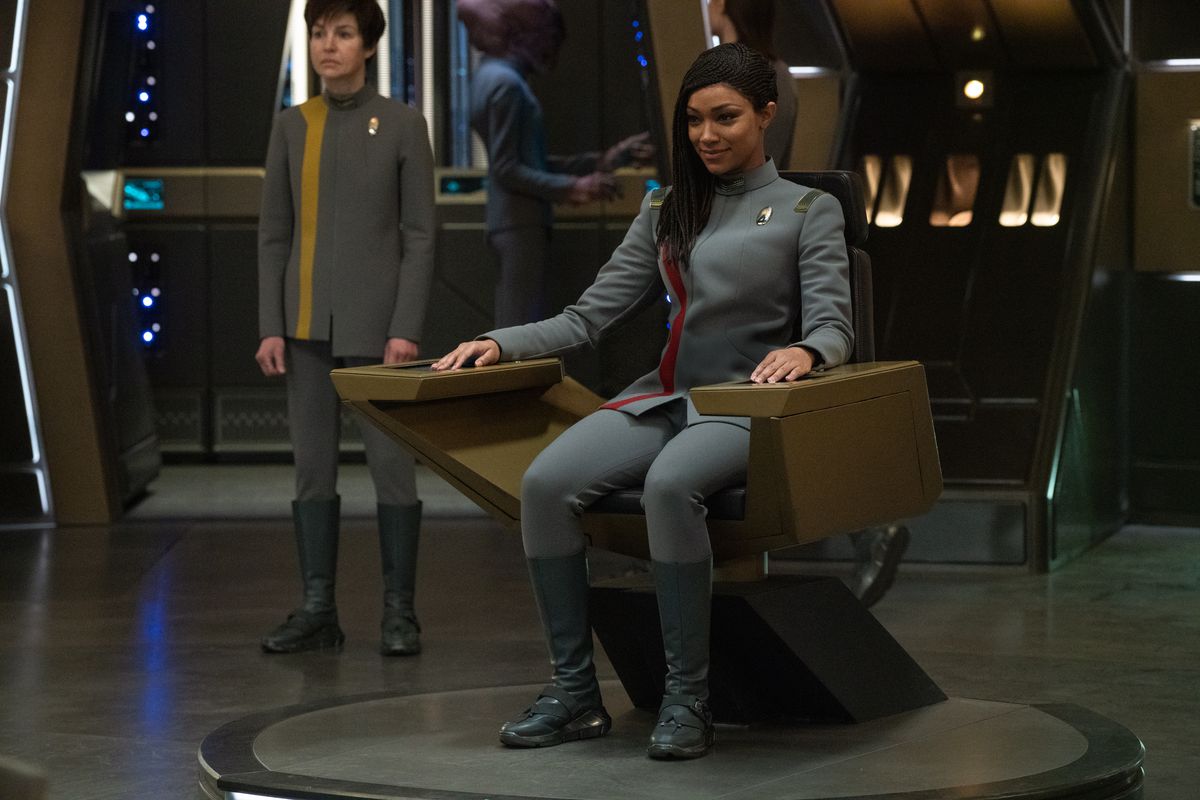
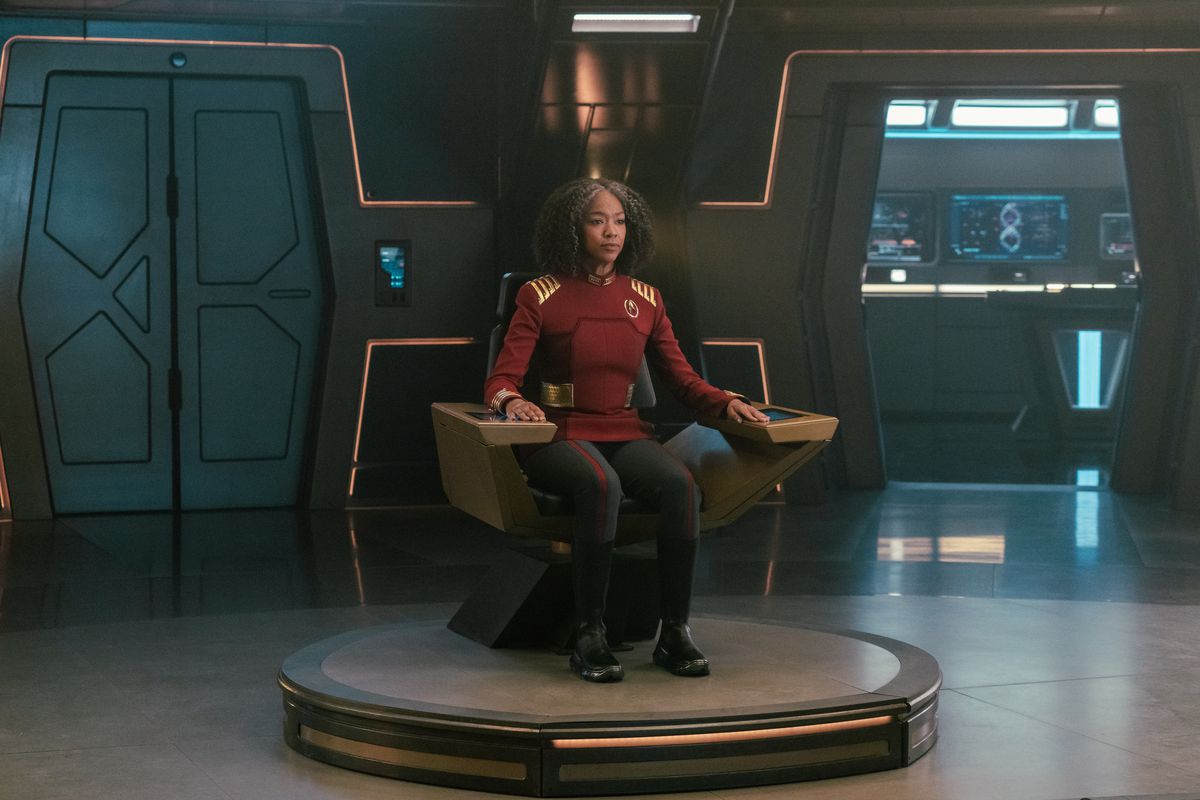
Discovery has bounced up and down my personal ranking of Star Trek series a number of times during its run, more than any of its past or present siblings. I have begun each season of the show with great excitement, and that excitement is frequently exhausted by season’s end. Most Trek series have good years and bad years. To me, Discovery suffers from being simultaneously brilliant, innovative, lazy, cringe, inspiring, and eye-rolling at all times, only in different measures. It features the franchise’s strongest lead actor since Patrick Stewart, and a supporting cast that has never been leveraged to my satisfaction. In my career, I have written more words about Star Trek: Discovery than any other television series, and I still haven’t made up my mind about it. For as many cheerleaders and haters as the show must have, I imagine there are many more viewers who feel the way I do — it’s a show that I wanted to love, but never fully fell in love with.
As Discovery disappears in the aft viewport, some will bid it a fond farewell, some will be blowing it raspberries, and some will turn away with total disinterest. But regardless of how well Discovery itself is remembered in the coming years, it has already made a substantial impact on the franchise. It paved the way for every Trek series that followed, including three direct spinoffs. Its second season was the incubator for Strange New Worlds, now the most acclaimed Trek series in a generation. Michelle Yeoh had such fun in her recurring role on Discovery that, even after winning an Academy Award, she was still keen to return for the upcoming Section 31 TV movie. Discovery’s 32nd-century setting will continue to be explored in the new Starfleet Academy series, leaving the door open for some of its characters to return.
Even the new shows that have no direct relationship to Discovery have benefitted from the precedent it set by being different from what came before. Lower Decks is an animated sitcom, Prodigy is a kid-targeted cartoon, Picard is… a bunch of different things that don’t work together, but they are all different shows. Star Trek was one thing, and beginning with Discovery, it became many things. And for Star Trek, an institution that preaches the value of infinite diversity in infinite combinations, that’s a legacy to be proud of.
Star Trek: Discovery is now streaming in full on Paramount Plus.
